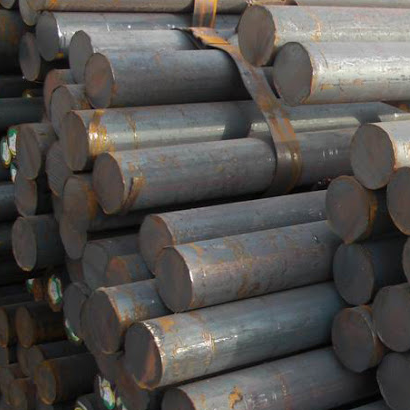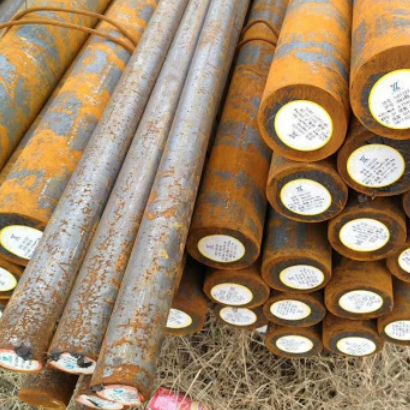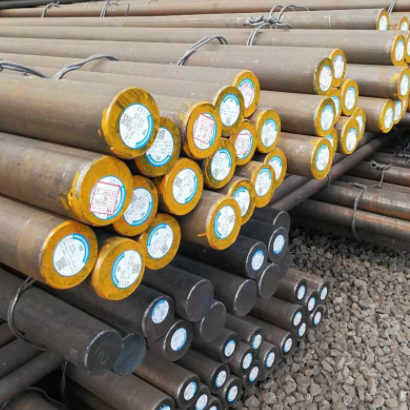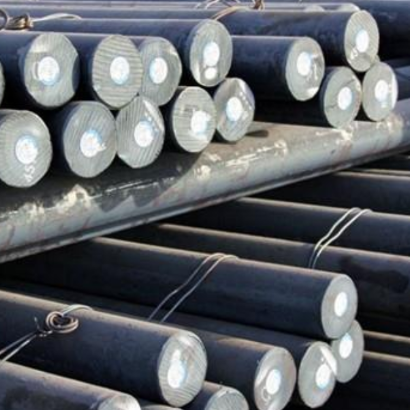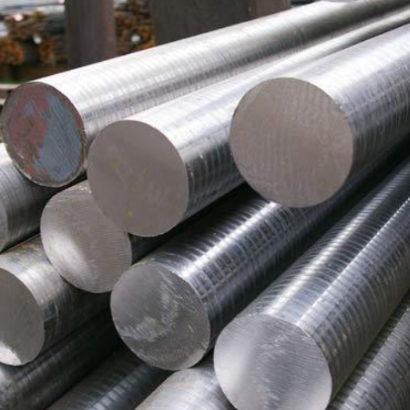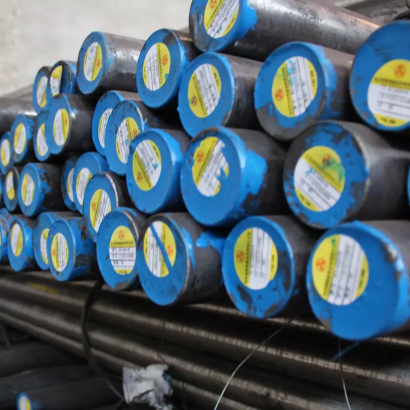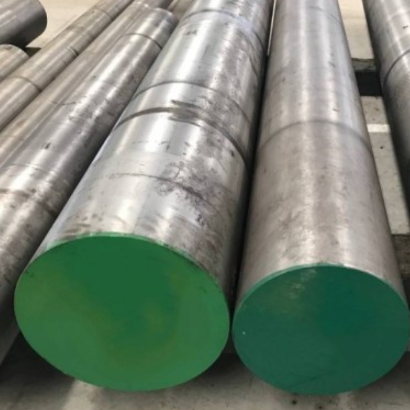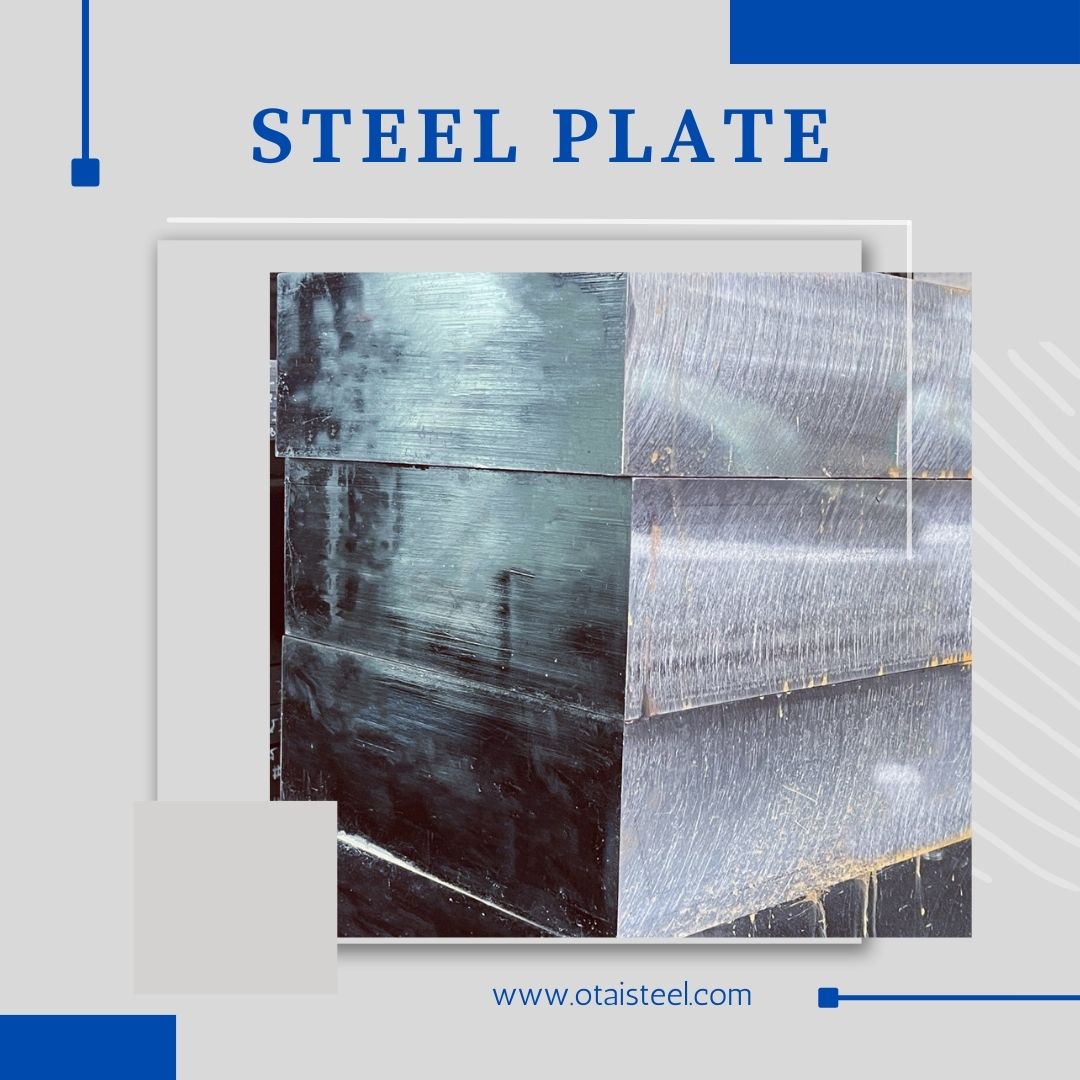 In the fast-paced world of electronics, where innovation is constant, the role of materials becomes pivotal. One such material, often unsung but integral, is 8620 alloy. This exploration delves into how material 8620 contributes to the electronic realm, powering the ongoing technological revolution with its unique blend of properties.
In the fast-paced world of electronics, where innovation is constant, the role of materials becomes pivotal. One such material, often unsung but integral, is 8620 alloy. This exploration delves into how material 8620 contributes to the electronic realm, powering the ongoing technological revolution with its unique blend of properties.
Foundations of Innovation: The Composition of 8620 Material
Understanding the impact of 8620 material in electronics starts with its composition. This alloy, enriched with nickel, chromium, and molybdenum, provides a foundation of strength, machinability, and versatility. These properties are key to its successful integration into various electronic applications.
Precision in Manufacturing: Machinability’s Role in Electronic Components
The world of electronics thrives on precision, and the machinability of 8620 material plays a crucial role. Whether it’s the production of connectors, housings, or intricate parts within electronic devices, the alloy’s machinability ensures the accuracy needed for seamless integration into complex electronic systems.
Resilience in Connectivity: 8620 Material in Connector Applications
Connectors are the lifelines of electronic devices, requiring materials that can endure repeated connections and disconnections. The resilience of 8620 material makes it an ideal choice for connector applications, contributing to the longevity and reliability of electronic connections in various devices.
Heat Dissipation: Addressing Thermal Challenges in Electronics
Electronic components generate heat, and efficient heat dissipation is paramount for the reliability of electronic devices. The thermal conductivity of 8620 material aids in addressing these challenges, making it valuable for applications where managing heat is a critical factor.
Electromagnetic Compatibility (EMC): Aiding Signal Integrity
In electronic systems, maintaining signal integrity is essential. 8620 material’s properties contribute to achieving electromagnetic compatibility (EMC), ensuring that electronic devices can coexist without interference. This makes it a preferred choice for components where signal integrity is paramount.
Miniaturization and Weight Reduction: 8620 Material in Portable Electronics
The ongoing trend in electronics is towards miniaturization and weight reduction, particularly in portable devices. 8620 material’s combination of strength and relatively low weight makes it conducive to the design and manufacturing of lightweight yet durable components in smartphones, laptops, and other portable gadgets.
Cohesion in Complex Assemblies: 8620 Material in Circuit Boards
Circuit boards are intricate assemblies where materials must cohesively work together. The compatibility of 8620 material with other materials in electronic manufacturing contributes to the reliability and structural integrity of complex electronic assemblies, enhancing overall performance.
Durability in Harsh Environments: 8620 Material for Specialized Electronics
Certain electronic applications, such as those in aerospace or industrial settings, expose components to harsh environments. The durability and corrosion resistance of 8620 material make it a reliable choice for electronic components operating in extreme conditions, ensuring sustained performance over time.
Sustainability in Electronics: 8620 Material and Environmental Considerations
As the electronics industry places greater emphasis on sustainability, the recyclability and environmentally conscious production of 8620 material align with the evolving priorities of electronic manufacturers. Its contribution to sustainable electronics reflects a commitment to responsible material usage.
Conclusion: Shaping the Future of Electronics with 8620 Material
In conclusion, the impact of material 8620 in electronics extends beyond its mechanical properties. It serves as a linchpin in the technological revolution, contributing to precision manufacturing, connectivity, heat management, and the overall evolution of electronic devices. As the electronic landscape continues to advance, material 8620 stands poised to play a pivotal role in shaping the future of electronics.
